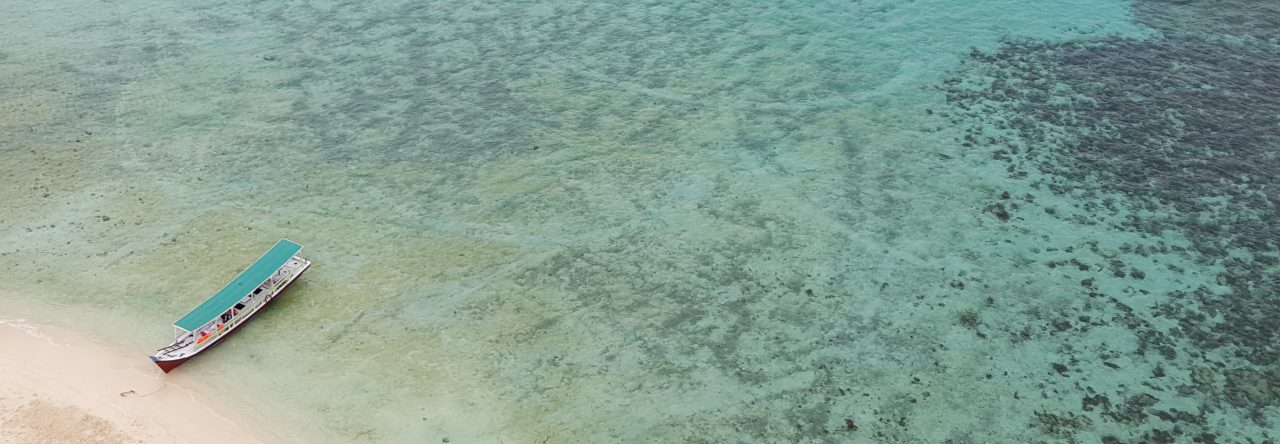The Jakarta Post, Thursday, 5 January 2017,
By Fitrian Ardiansyah, Indonesia country director of IDH-Sustainable Trade Initiative
Original link: http://www.thejakartapost.com/academia/2017/01/05/feeding-nation-while-protecting-environment.html

The year 2016 has just ended, but a question remains. Will countries, including Indonesia, be able to supply food for their growing populations, taking into account the constraints of our limited natural resources?
The global demand for food, fiber and fuel is on the rise. This demand needs to be matched while we also need to ensure that our resources, landscape and ecosystems will be sustainably managed for the long term. Several projections, including from the Directorate General of Food Crops in 2013, for example, reveal that Indonesia’s rice consumption would exceed its production starting in 2020, taking into account land availability and climate change.
Threats to food security will likely increase as the population continues to soar and economic activities develop, while land availability becomes more limited. Hence, improved productivity and technological developments are necessary.
Globally traded commodities produced in Indonesia, namely palm oil, coffee and cocoa, face similar challenges.
Palm oil is one of the most efficient crops but the productivity level in Indonesia, especially on small farmers’ lands, is still relatively low at 3.2 tons of crude palm oil (CPO) per hectare — the global average is between 4 and 5 tons.
If productivity and practices are not improved, the increased global demand for palm oil could lead to expansion and exploitation of the remaining forests and peat lands and potentially to forest and land fires.
However, a decree for conservation has been adopted by the government, which is in tandem with global markets that increasingly support sustainable products.
Land cultivated for palm oil needs replanting. In South Sumatra alone, between 2016 and 2021, replanting needs are estimated to be at least 270,000 hectares.
The investment required for oil palm replanting could reach US$5,000 per ha. A new financial plan is needed to support replanting, especially if it involves small farmers.
Without adequate finances and technical support for replanting, growers and farmers could opt to expand their palm oil cultivation to high risk areas, such as forests and peat lands.
Concerning cocoa and coffee, low productivity is a huge challenge as land is often managed and cultivated by small farmers.
Low productivity has trapped small farmers in a cycle of poverty and a cycle of debt. The inability of small farmers to access finances and sound agriculture practices has led to reduced quality of input which in turn produces a low level of output (quantity and quality).
Without a provision of better input, farmers will have difficulty meeting global standards — hence, their struggle to break into the global market.
Funding for farmers is even more challenging because financial institutions perceive giving loans to small farmers as a high risk.
This perception relates to the unclear land status of farmers, low capability and accountability of farmer organizations and existing debt by farmers.
Innovation could help farmers gain agriculture knowledge, input material, improve farmer organizations and reduce investment risks. This is key to producing more with less — more productivity with less environmental impact.
Models for this have been tested across the globe, including in Indonesia.
A good model usually consists of a supply chain company committed as a long-term off-taker of commodities supplied by farmers, a farmer organization or cooperative, a bank that provides a soft-loan for a cooperative with a grace period taking into account the harvesting cycle, a provider of seeds and input materials and a donor or private foundation that provides technical support for farmers.
Such models have been applied in Aceh for aquaculture, Riau, Jambi and South Sumatra for palm oil, Lampung for coffee and Sulawesi for cocoa.
Individual corporations, organizations and banks or multi-stakeholders’ platforms, such as Partnership for Indonesia Sustainable Agriculture (PISAgro), are examining these models in collaboration with a number of cooperatives and government agencies.
A model in just one supply chain may not be enough as there are many challenges and issues shared among different actors in different supply chains.
These shared issues include land legality, water and landscape management, fire prevention and energy provision and require a holistic approach beyond just one farm or supply chain.
In Musi Banyuasin district, South Sumatra, a supply shed approach led by its regent is being tested to support the development of integrated sustainable commodities, such as palm oil, rice, rubber and protecting forests and peat lands.
This approach has gathered the support of local government agencies, mills and local and international organizations to collaboratively help identify and map independent small farmers and their challenges.
A combination of segregated supply chain and integrated supply shed approaches with clear financial support and sound agriculture practices is one of the most effective ways to develop commodities while protecting our fragile ecosystem.
The bold part of this journey is to build on these approaches to increase investment, develop commodity production and protect larger areas.
It is time for Indonesia to demonstrate its ability to “produce more with less”.

